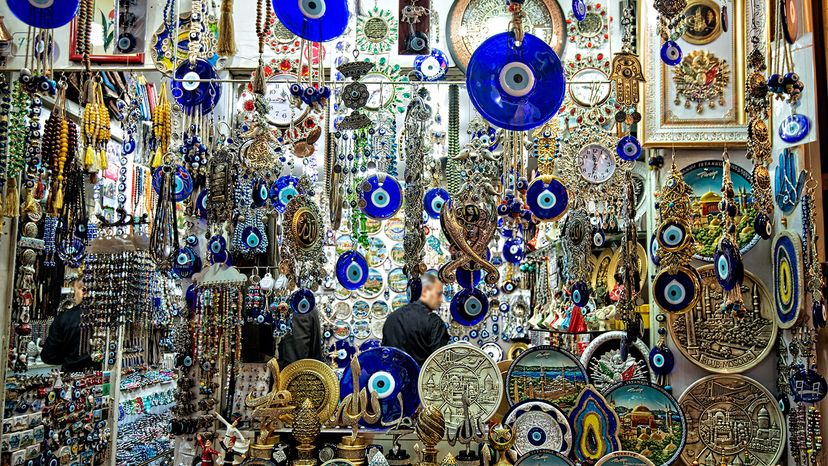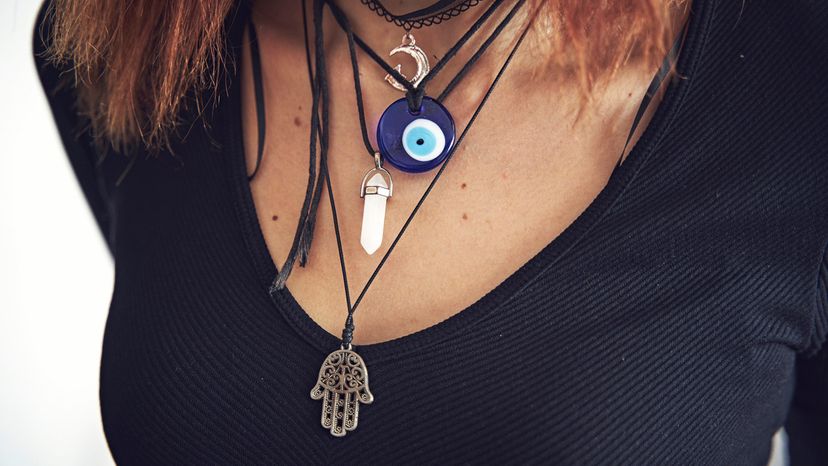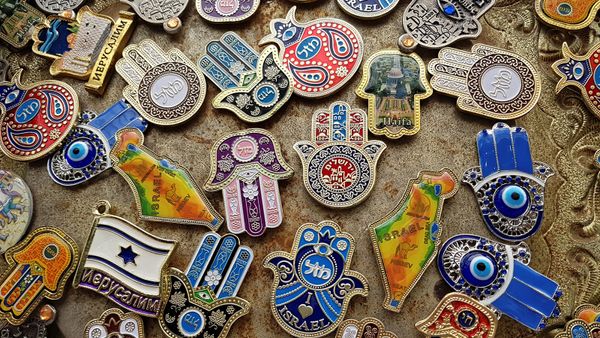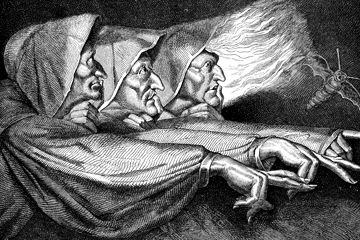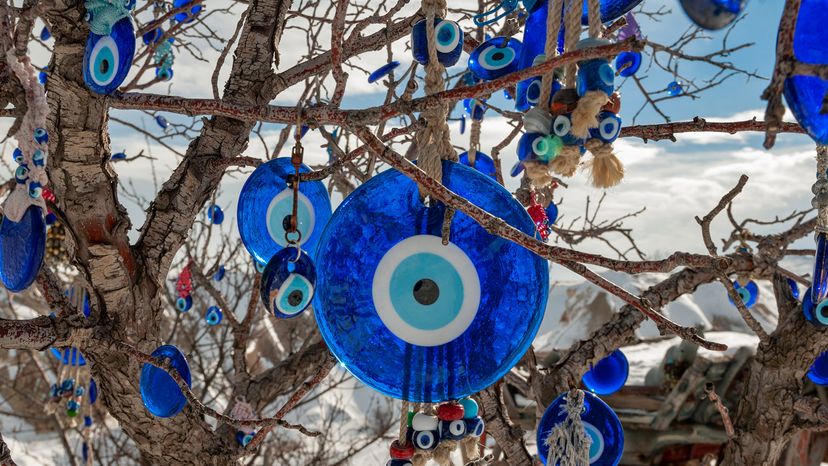
Key Takeaways
- The evil eye is a belief that certain individuals possess the power to harm others simply by looking at them with envy or malice.
- Across various cultures, talismans and rituals are employed to ward off the effects of the evil eye, protecting individuals from misfortune.
- While the concept may seem superstitious to some, belief in the evil eye continues to influence cultural practices and beliefs worldwide.
What do fashion model Gigi Hadid, Duchess of Sussex Meghan Markle and my 98-year-old grandma have in common? A belief in the "quiet curse" of the evil eye.
In 2017, Hadid released a line of shoes emblazoned with the nazar, the traditional eye-shaped amulet believed to ward off the evil eye. Markle has been frequently photographed wearing evil eye jewelry, like necklaces and rings featuring the nazar and also the hamsa, the hand-shaped talisman favored by Jewish and Muslim cultures to deflect the evil eye.
Advertisement
My late grandmother didn't wear eye-catching evil eye amulets, but she was keenly aware of the dangers of sharing good news in public for fear of inviting the envious glances that released the evil eye. "Kinehora," she'd say in Yiddish, followed by three staccato spitting sounds, "Pooh, pooh, pooh," the protective spell of all Jewish grandmothers. (Kinehora is a contraction of three Yiddish words, kayn ayin hara, meaning "No evil eye.")
Despite their differences in age and cultural backgrounds, all three women are proof that belief in the evil eye symbol is as persistent today as it was 5,000 years ago. As long as there is envy, jealousy and "negative energy" in the air, the evil eye will always be with us.
Advertisement
